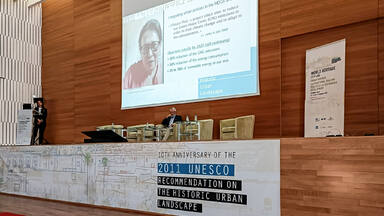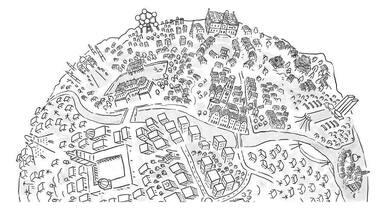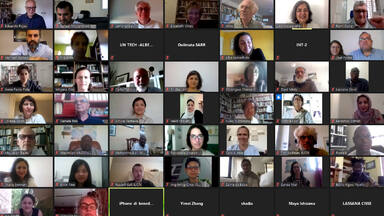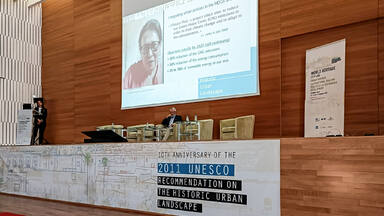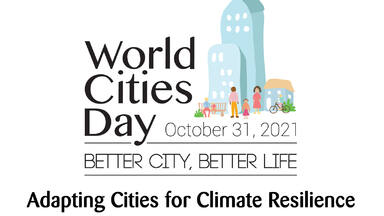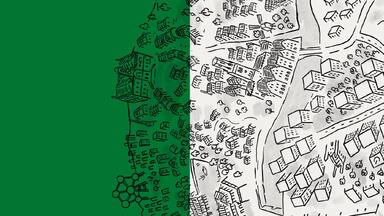Rapport de synthèse de la troisième consultation des États membres de l'UNESCO sur la mise en œuvre de la Recommandation de 2011 concernant le paysage urbain historique
From June until November 2022, Member States were invited to report on the implementation of the 2011 Recommendation at the national and urban levels. Progress in the Member States’ implementation of the 2011 Recommendation since the Second Consultation in 2019 is evident and encouraging, with reports received from 69 Member States reported with 62 national reports and 125 local reports out of the 193 Member States and 11 Associate Member States, compared to 55 reports at the national level in the previous consultation reported in 2019.
The reports received from Member States and Associate Member States confirmed the importance of the 2011 Recommendation as a tool for managing heritage in and around cities and settlements, emphasising both the importance and the urgency of integrating heritage conservation with urban development plans and processes in the framework of the 2030 Agenda for sustainable development. At a time when settlements all over the world are under pressure from uncontrolled urbanisation and ill-conceived urban development projects, climate change and other global challenges, the 2011 Recommendation approach promises a path to sustainability, inclusion and resilience.
The reports covered six thematic areas of implementation at the national and local levels that captured the key principles of the 2011 Recommendation. First, beyond protecting a few selected monuments in an urban area, the 2011 Recommendation advocates a layered approach and the inclusion of the streets, public- spaces, residential neighbourhoods, as well as natural features such as waterbodies and gardens, and the practices of the local communities as essential for protecting the identity of urban heritage in its wider setting.
Strong and well-adapted governance mechanisms and planning tools are necessary to protect urban heritage. While a majority of the reporting States have national laws and policies to protect urban heritage, much more is needed to ensure that heritage protection is anchored in urban development plans and processes and coordination across multiple authorities and sectors is assured such as transport and infrastructure development. Furthermore, laws need to be translated into regulations to guide new constructions to be compatible with the unique built form of the historic areas.
Download the summary of the Consolidated Report on the Third UNESCO Member States Consultation on the Implementation of the 2011 Recommendation on the Historic Urban Landscape.




